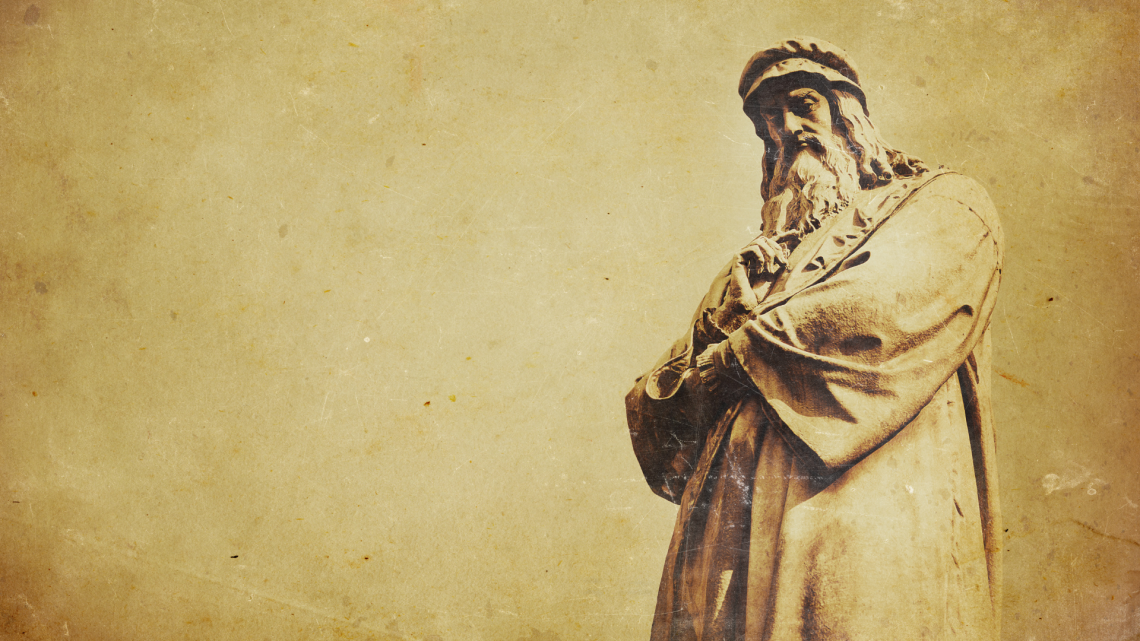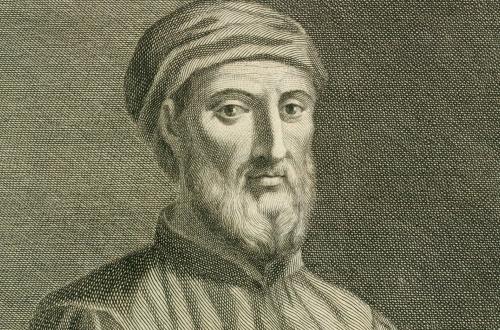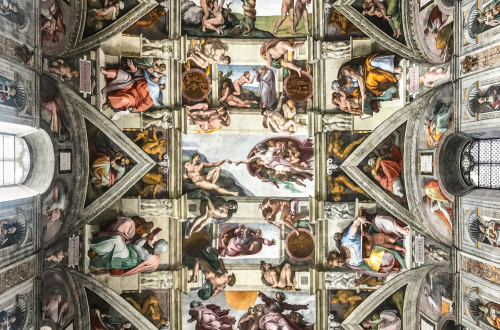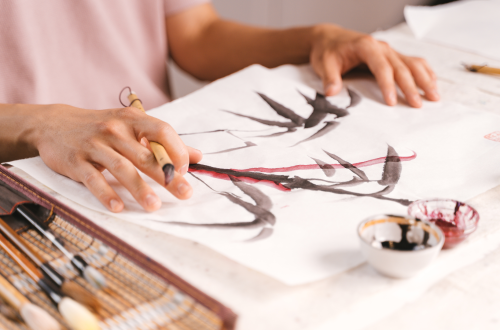
Unlocking The Beauty Of Leonardo Da Vinci’s Art
Leonardo Da Vinci is a name that has become synonymous with artistic genius and creativity. His works are timeless and remain as inspiring today as they were centuries ago. In this post, we’ll explore the life and works of Leonardo Da Vinci through an in-depth look at some of his most famous masterpieces. We’ll examine how his art continues to shape our understanding of the world and why it has had such an enduring impact on generations of art lovers across the globe.
Introduction to Leonardo Da Vinci
In 1452, a baby boy was born in the small Tuscan town of Vinci. His parents named him Leonardo, which means “lion-hearted” in Italian. They could not have known that their son would grow up to become one of the world’s most celebrated artists.
Leonardo da Vinci is best known for his paintings, but he was also an inventor, scientist, and architect. He is one of the most famous figures of the Renaissance period. The Renaissance was a time of great creativity and achievement in Europe. It began in Italy in the 1400s and spread to other countries in the 1500s. Leonardo da Vinci’s paintings are among the most famous and admired in the world. The Mona Lisa is probably his best-known work. But he also painted other masterpieces, such as The Last Supper and Virgin of the Rocks.
What made Leonardo da Vinci such a great artist? Some people say it was his technical skill. He was able to paint lifelike images that seemed to jump off the canvas. Others say it was his use of light and shadow to create mood and emotion in his paintings. And still, others say it was his imagination and creativity that set him apart from other artists.
Whatever the reason, there is no doubt that Leonardo da Vinci was a truly gifted artist. His paintings continue to amaze and inspire people all over the world centuries after they
Overview of Da Vinci’s Masterpieces
There are few artists more revered than Leonardo da Vinci. A true renaissance man, da Vinci was not only an incredible artist, but also a scientist, inventor, and architect. His works have inspired countless other artists and continue to be some of the most iconic and beloved pieces of art in the world.
Da Vinci’s most famous painting is the Mona Lisa. Painted between 1503 and 1506, the Mona Lisa is a portrait of Lisa Gherardini, the wife of Francesco del Giocondo. The painting is renowned for its enigmatic smile and its use of light and shadow to create a sense of depth. The Last Supper is another of da Vinci’s most famous paintings. Painted between 1495 and 1498, it depicts the moment when Jesus Christ reveals to his disciples that one of them will betray him. The painting is remarkable for its use of perspective and for its emotional power. Perhaps da Vinci’s most famous drawing is the Vitruvian Man. Created around 1487, it is a drawing of a man based on the proportions set out by the Roman architect Vitruvius. The drawing has become an icon of both art and science.
These are just a few of Leonardo da Vinci’s many masterpieces. Others include the Virgin of the Rocks, The Annunciation, and Lady with an Ermine. Each one is a testament to da Vinci’s genius as an artist
Detailed Analysis of the Mona Lisa
The Mona Lisa is one of the most famous paintings in the world. Painted by Leonardo da Vinci between 1503 and 1519, it now hangs in the Louvre Museum in Paris. The painting’s enigmatic smile and gaze have puzzled art historians, critics, and viewers for centuries. To know more, take a closer look at the Mona Lisa and explore some of the theories about its meaning and symbolism. You can also examine the techniques that da Vinci used to create such a captivating work of art.
A Look at Other Works by Da Vinci
Aside from the Mona Lisa, perhaps the most famous painting by Leonardo da Vinci is The Last Supper. Painted between 1495 and 1498, the mural painting depicts the final meal shared by Jesus Christ and his disciples before his crucifixion. The painting is significant for its use of perspective and for its depiction of emotion. Another well-known painting by Leonardo da Vinci is the portrait of Lisa Gherardini, also known as the Mona Lisa. Painted between 1503 and 1506, the portrait is one of the most recognizable paintings in the world. The Mona Lisa has been praised for its beauty and for its technical perfection.
In addition to his paintings, Leonardo da Vinci was also a skilled sculptor, architect, musician, scientist, and engineer. He was responsible for designing many innovative machines, including a flying machine and a tank. He also made important contributions to our understanding of anatomy and physiology.
How Leonardo Da Vinci Influenced Art
Leonardo da Vinci was a true renaissance man. He was not only an artist, but also an inventor, scientist, and architect. His art was influential in many ways. For one, he was one of the first artists to use light and shadow to create a sense of depth in his paintings. He also used perspective in his paintings, which created a more realistic view for the viewer. In addition, Leonardo da Vinci’s use of color was very unique. He often used muted colors instead of bright ones, which gave his paintings a more ethereal quality.
The Relevance of Da Vinci Today
In his lifetime, Leonardo da Vinci was revered as a genius. Today, five hundred years after his death, we still revere him as a genius and look to him as an archetype of the Renaissance: someone who was not only immensely talented in art, but also in science, engineering, and other disciplines. Da Vinci’s legacy continues to inspire us and challenge us to reach our own potential.
Da Vinci was ahead of his time in many ways. He was a master at using light and shadow to create the illusion of depth and volume in his paintings. He also had a keen understanding of human anatomy, which he put to use in his realistic depictions of the human form. His scientific curiosity led him to study everything from optics to hydraulics to flight. And his inventive spirit led him to design a number of innovative machines, including a flying machine and a diving suit. Even though he lived centuries ago, da Vinci’s ideas and inventions are still relevant today. We still use many of the same techniques that he pioneered in art, such as chiaroscuro and sfumato. And his ideas about flight, hydraulics, and optics have been realized in modern times—albeit in different forms than he imagined them. Da Vinci’s legacy is one of endless possibility and boundless creativity. He shows us that there are no limits to what we can achieve if we dare.
Leonardo da Vinci was a true master of art and the range of works he produced is simply astonishing. His ability to capture the beauty, emotion, and meaning in his paintings will continue to inspire us for generations to come. We hope this guide has helped you gain a greater appreciation for Leonardo da Vinci’s art and that it inspires you to find your own way of unlocking its secrets.





